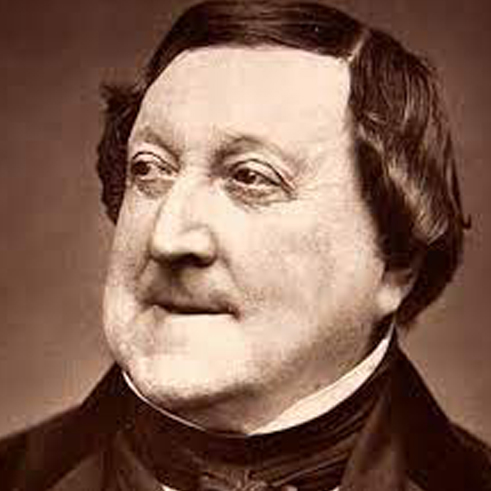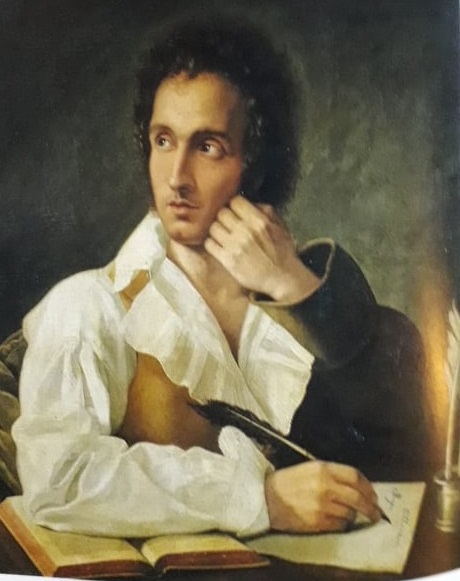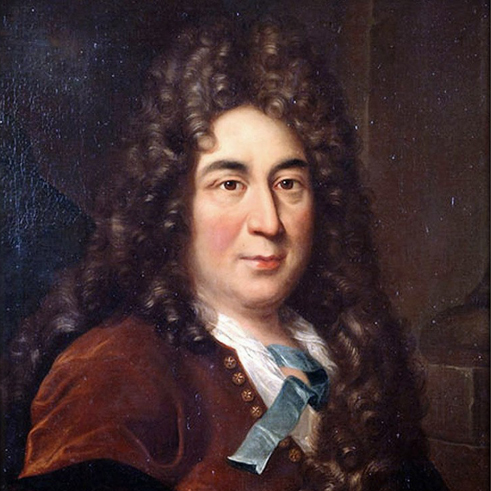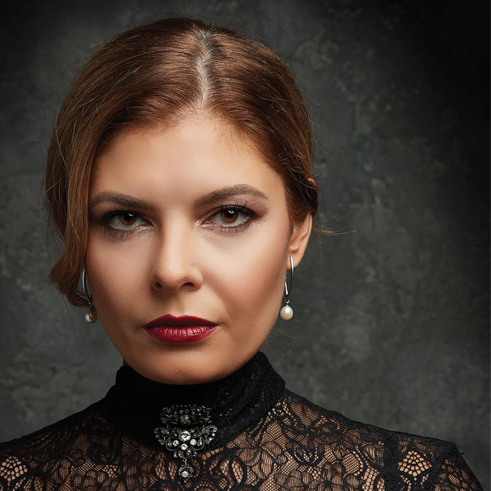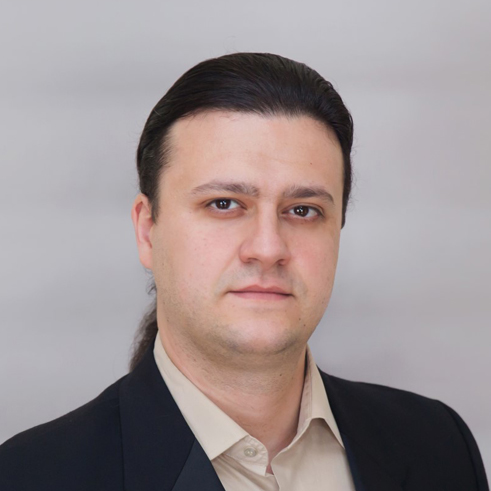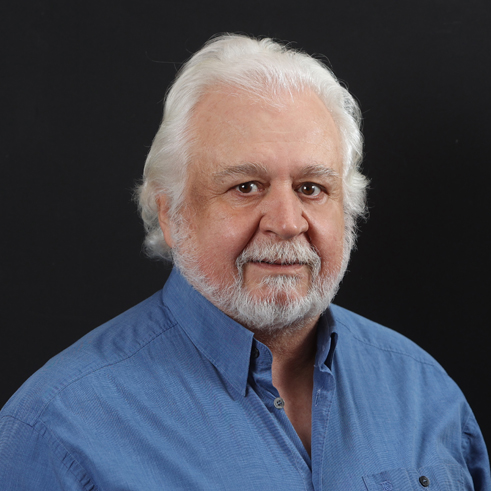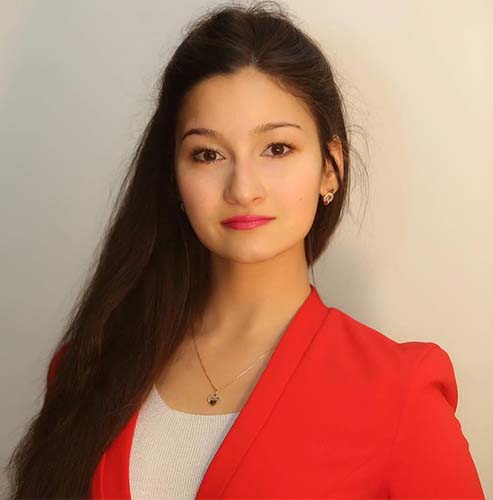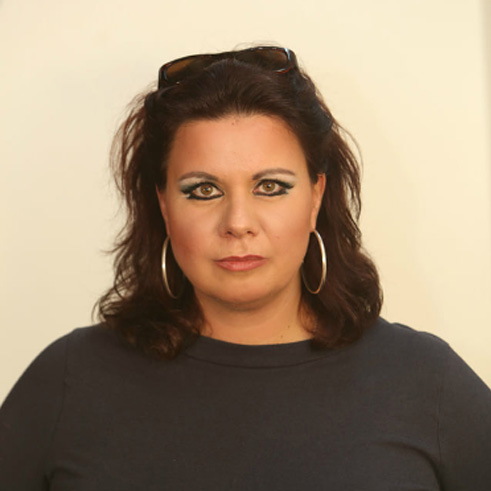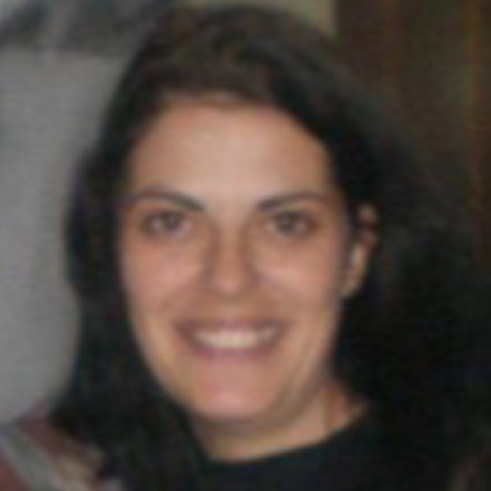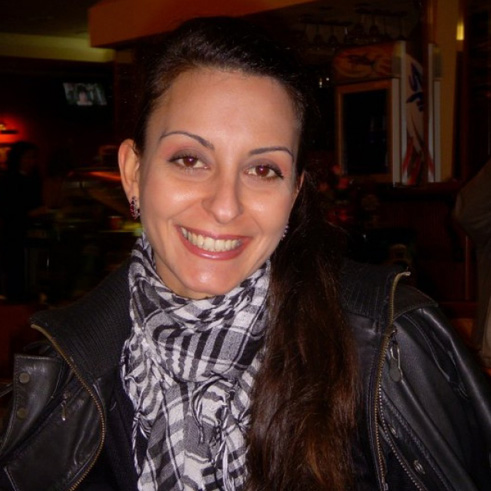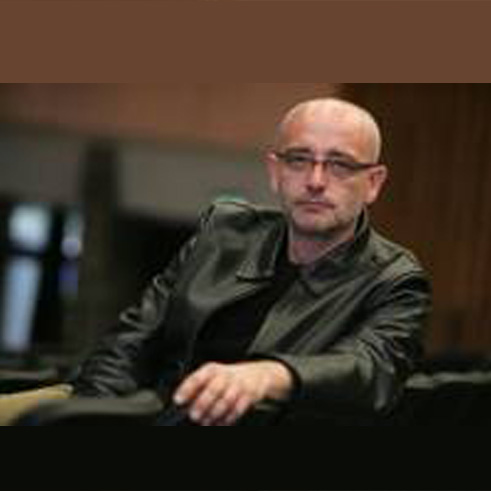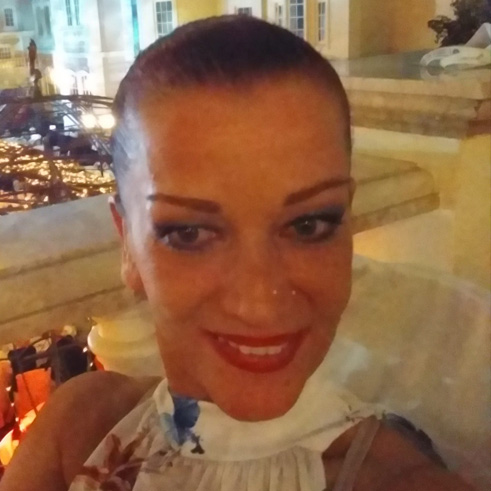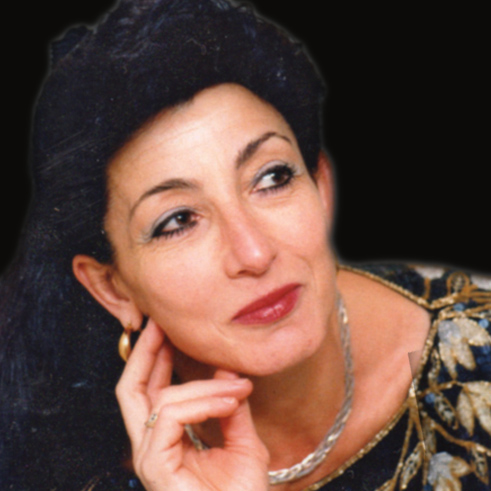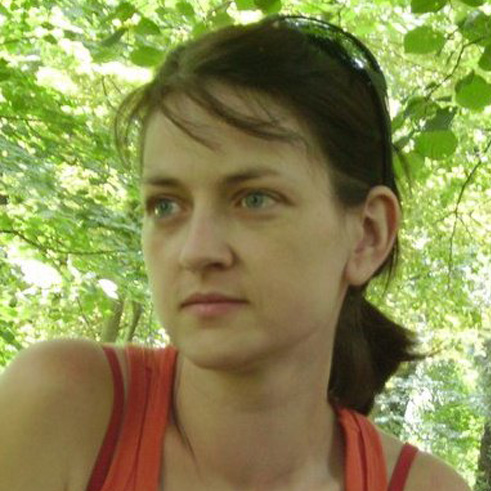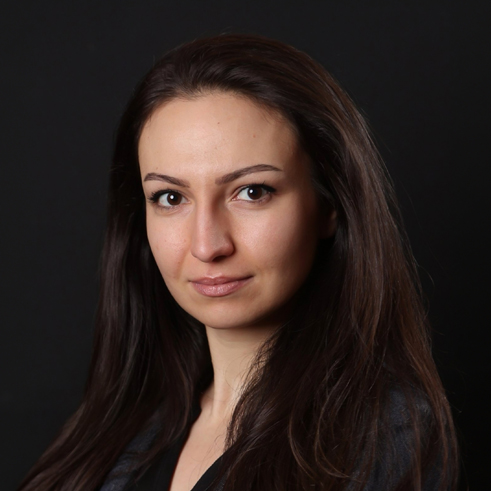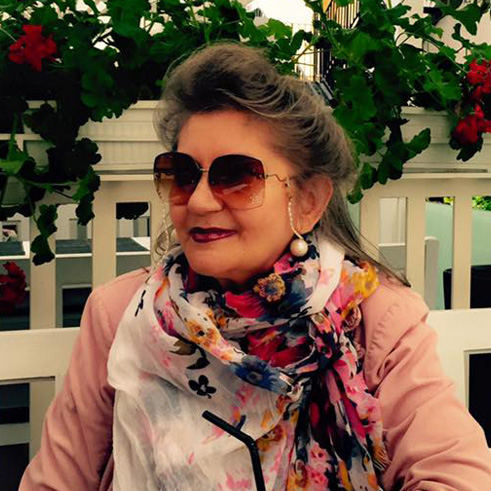LA CENERENTOLA
Opera by Gioachino Rossini
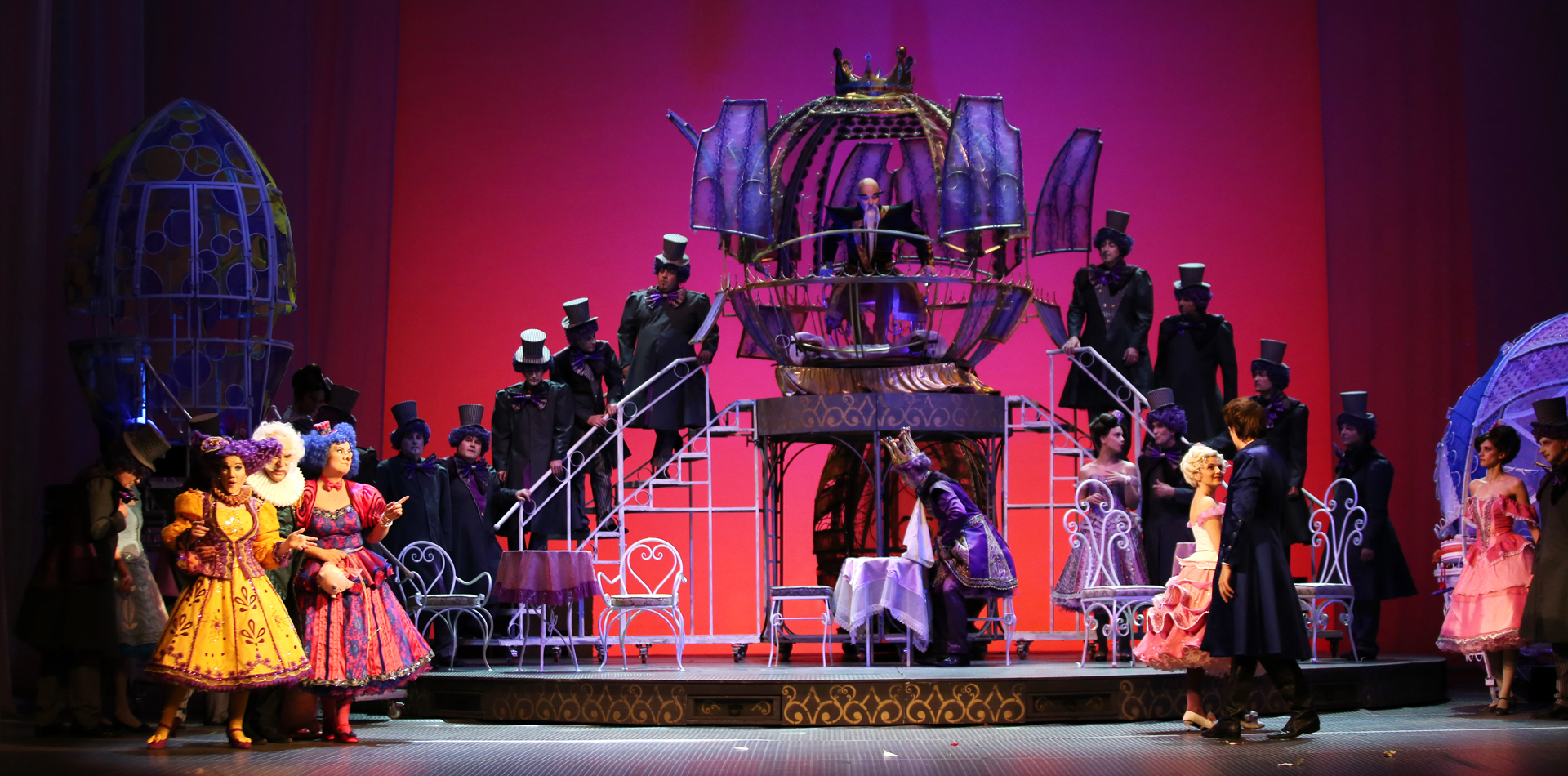
Preview
LA CENERENTOLA
Opera by Gioachino Rossini
“La Cenerentola, ossia La bontà in trionfo” (“Cinderella, or Goodness Triumphant”) is an operatic drama giocoso in two acts by Gioachino Rossini. The libretto was written by Jacopo Ferretti and it was borrowed from Charles Perrault’s fairy-tale of the same name.
The first performance of the opera was on 25 January 1817 at Teatro Valle in Rome.
Rossini was 25-years old, when he wrote “La Cenerentola”, but he had already behind him a series of opera pearls like “Il Barbiere di Siviglia”, “Tancredi”, “L’Italiana in Algeri” and others.
The opera “La Cenerentola” is considered to be one of the most exquisite scores for vocal and ensemble. Because of the usual lack of time, way, terms and tempi of composition, the whole opera was finished in three weeks. For this reason, Rossini used in it the overture from “La Gazetta”, an opera buffa, written several years before, as well as a part of an aria from “Il Barbiere di Siviglia”. Some help Rossini received by Luca Agolini, who wrote the “dry” recitatives, as well as three other excerpts – of Alidoro, Clorinda and the chorus scene “Ah, della bella incognita”. Rossini changed and added different scenes and items on several occasions of next performances like these in 1818 and 1820.
The overture of the opera “La Cenerentola” is being often performed in concert programmes and takes part in the “standard” orchestra repertoire still since its creation, together with most of his overtures.
The first performance met certain hostility, but soon it gained great popularity in Italy and other countries in Europe, among which Lisbon (1819), London (1820), New York (1826). Almost during the entire 19. Century, its popularity competed with the one of “Il Barbiere di Siviglia”, but because of its exceptional vocal requirements and the difficulties in the contralto part, as it was written in original, gradually it dropped away from the theatres’ repertoire and turned into rarity.
In the ’60s of the 20. Century, Rossini’s music enjoyed a real Renaissance. The new generation mezzo-sopranos and contraaltos returned the popularity of “La Cenerentola” and it has been again on the stage.
There are also some changes in the fairy-tale itself, mainly because of Rossini’s choice of the visual realistic solutions, and not of the magical sorceries, as it is in the original, due to the evident limitations and the lack of “special effects” at his time.
In the last decades, numerous sound recordings of the opera were realized, and in the standard list of the most often performed operas it holds the 28th position among several hundred titles from the active opera repertoire!
Ognyan Stamboliev
